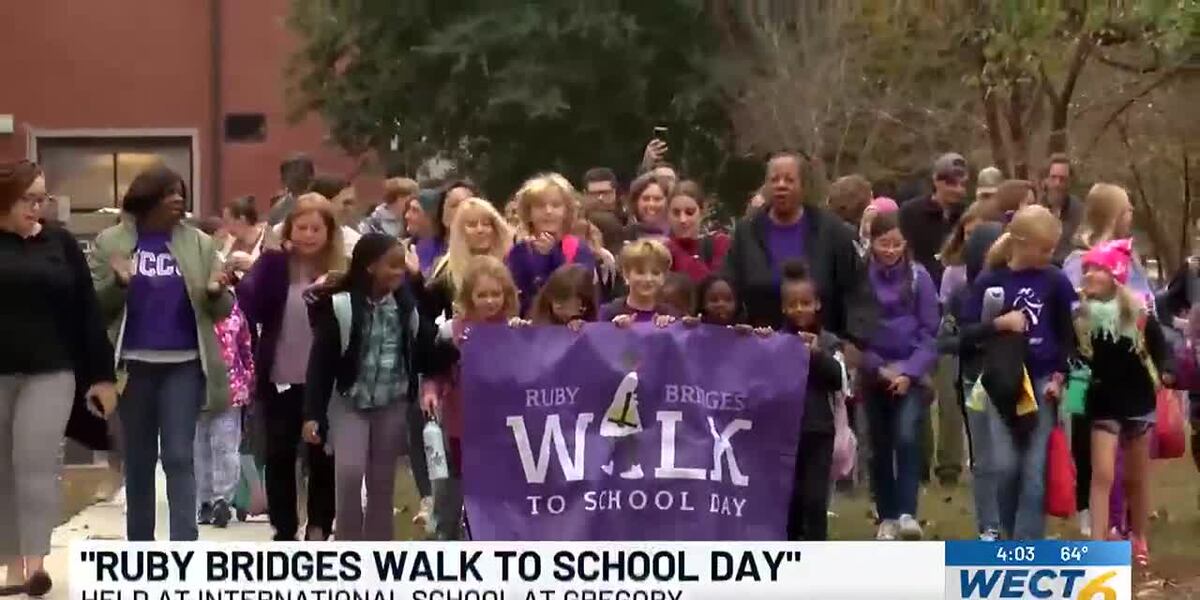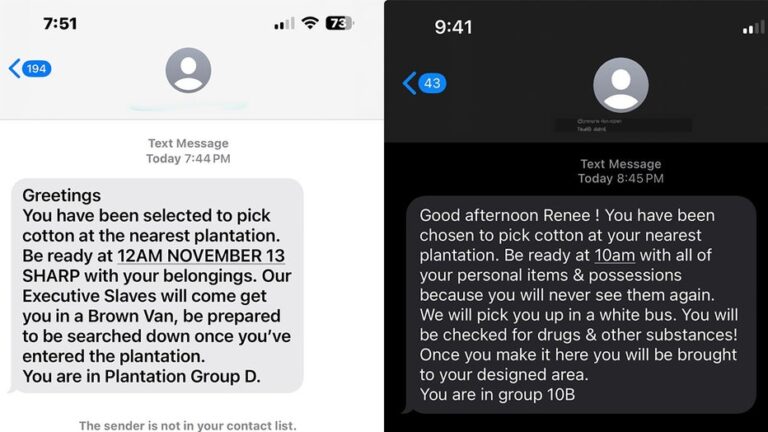Wilmington School Unites Against Racism and Bullying Walk
Wilmington Schools Stand United Against Racism and Bullying
In a world where hate seems to find its way into the cracks of society, it’s heartwarming to witness communities come together for a common cause. The recent “Walk Against Racism and Bullying” event held in Wilmington is a shining example of this unity in action. This gathering not only highlighted the vital issues of racism and bullying but also showcased the spirit of togetherness and advocacy within the community. Let’s walk through this inspirational event and what it means for the future of Wilmington’s youth.
The Purpose Behind the Walk
The “Walk Against Racism and Bullying” serves multiple essential purposes. At its core, it aims to bring awareness to two significant issues that plague schools and society today: racism and bullying. Unfortunately, both of these problems have a long history and manifest themselves in various ways, affecting students’ emotional well-being and academic performance.
With racism, children and teens can face discrimination based on their skin color, ethnicity, or cultural background. This can lead to feelings of isolation and self-doubt, which can be devastating during their formative years. Bullying, on the other hand, often feels like a rite of passage for too many kids. Whether it’s verbal taunts, physical intimidation, or cyberbullying, the damage it causes can last a lifetime.
But why should we care? Because every single child deserves to feel safe, respected, and empowered to be who they are. And that’s precisely what events like the Wilmington walk aim to address.
The Walk Itself: An Overview
So, what went down during the walk? Picture this: a vibrant sea of students, parents, educators, and community members, all donning colorful T-shirts emblazoned with messages of love, inclusion, and acceptance. The atmosphere was electric – a blend of excitement and purpose. As they marched, chanting slogans and holding signs, it was hard not to feel a surge of hope.
Statistics That Matter
To truly grasp the significance of this event, let’s look at some eye-opening statistics:
- Racism Impact: According to a survey by the American Psychological Association, over 60% of adolescents report experiencing racial discrimination.
- Bullying Figures: The National Center for Educational Statistics estimates that nearly 20% of students in the U.S. have faced bullying in some form.
These numbers aren’t just statistics; they represent real kids facing real challenges. It’s crucial that we address these issues before they escalate.
Community Involvement: A Collective Effort
One of the most heartwarming aspects of this walk was the level of involvement from the community. Local businesses and organizations pitched in to support the event, providing everything from snacks and drinks to motivational speakers. Some businesses even offered fundraising opportunities to support anti-bullying programs and resources for schools.
Here’s a quick breakdown of the community’s involvement:
Community involvement like this demonstrates that helping out goes beyond just the school walls and reaches the hearts of everyone residing in Wilmington.
Empowering the Next Generation
Another vital aspect of the walk was the opportunity for students to hear directly from those who have faced racism and bullying in their lives. Inviting guest speakers—people who transformed their struggles into strength—served as reminders that change is possible. Their narratives resonated with the students, inspiring them to become advocates for themselves and their peers.
Skills for Advocacy
Teaching children how to effectively advocate for themselves and others is crucial. Here are some skills that young people can learn:
- Empathy: Understanding others’ experiences promotes kindness and can minimize bullying.
- Communication: Given the right tools, children can express their feelings and concerns more assertively.
- Conflict Resolution: Providing strategies to handle disputes leads to more peaceful interactions among peers.
When kids understand these skills, they can navigate social situations with confidence and sensitivity.
Making Changes in Schools
One major thrust of the event was to advocate for systemic changes within schools. It’s not enough to simply talk about racism and bullying; schools need to implement concrete action plans that create safe, inclusive environments.
So, what can schools do to foster change?
-
Enhanced Training for Staff: Teachers and administrators should receive ongoing training to recognize and address issues of bullying and racism effectively.
-
Open Dialogue Platforms: Schools could create forums where students can share their feelings and stories without fear.
-
Inclusive Curriculum: Incorporating diverse perspectives in learning materials not only enhances education but also fosters understanding and respect.
-
Peer Support Programs: Establishing buddy systems or peer-led support groups can give students a safe space to discuss their challenges.
-
Regular Surveys: Conducting anonymous surveys to gauge student feelings can help schools address issues before they escalate.
Building a Safe School Culture
Acknowledging that a proactive approach is essential is key! Creating a school culture that prioritizes respect and inclusion is beneficial for everyone involved. School-wide initiatives help reinforce the message that bullying and racism will not be tolerated.
The Role of Parents and Guardians
Parents and guardians also have a crucial role to play in combating racism and bullying. Communication at home can significantly influence how kids perceive and act towards others. It’s critical for adults to talk with their children about diversity, acceptance, and what it means to stand up against injustice.
Tips for Parents
Here’s a snapshot of what parents can do to make a difference:
- Foster Open Conversations: Create an environment where children feel comfortable sharing their experiences and feelings.
- Model Respect and Inclusivity: Children learn from their parents. Demonstrating acceptance in your interactions lays the groundwork for theirs.
- Encourage Empathy: Engage in activities that promote understanding of different cultures and experiences.
When parents take an active role, kids are more likely to embrace inclusivity in their lives.
Conclusion
The “Walk Against Racism and Bullying” in Wilmington was more than just a march; it was a community’s heart beating in unison against hate and intolerance. It served as a loud reminder that we can all be part of the solution by standing together. As we aim for a future free of fear and discrimination, the collective efforts of everyone—students, educators, parents, and community members—are vital.
When we actively foster understanding, open dialogue, and compassion, we lay the groundwork for a brighter future. Let this event be a catalyst for continuous action and change!
FAQs
1. What is the main objective of the “Walk Against Racism and Bullying”?
The main objective is to raise awareness about the issues of racism and bullying while promoting unity and inclusivity within the community.
2. How can schools combat bullying effectively?
Schools can combat bullying by implementing comprehensive training for staff, hosting open dialogues, and creating safe environments for students to speak up.
3. What role do parents play in addressing racism and bullying?
Parents can foster open conversations, model respectful behavior, and encourage empathy and understanding in their children.
4. How can students contribute to stopping bullying in schools?
Students can stand up for their peers, participate in supportive programs, and engage in discussions that promote respect and kindness.
5. Why is community involvement essential in events like this?
Community involvement helps amplify the message, fosters support for victims, and inspires a more unified effort against racism and bullying.







